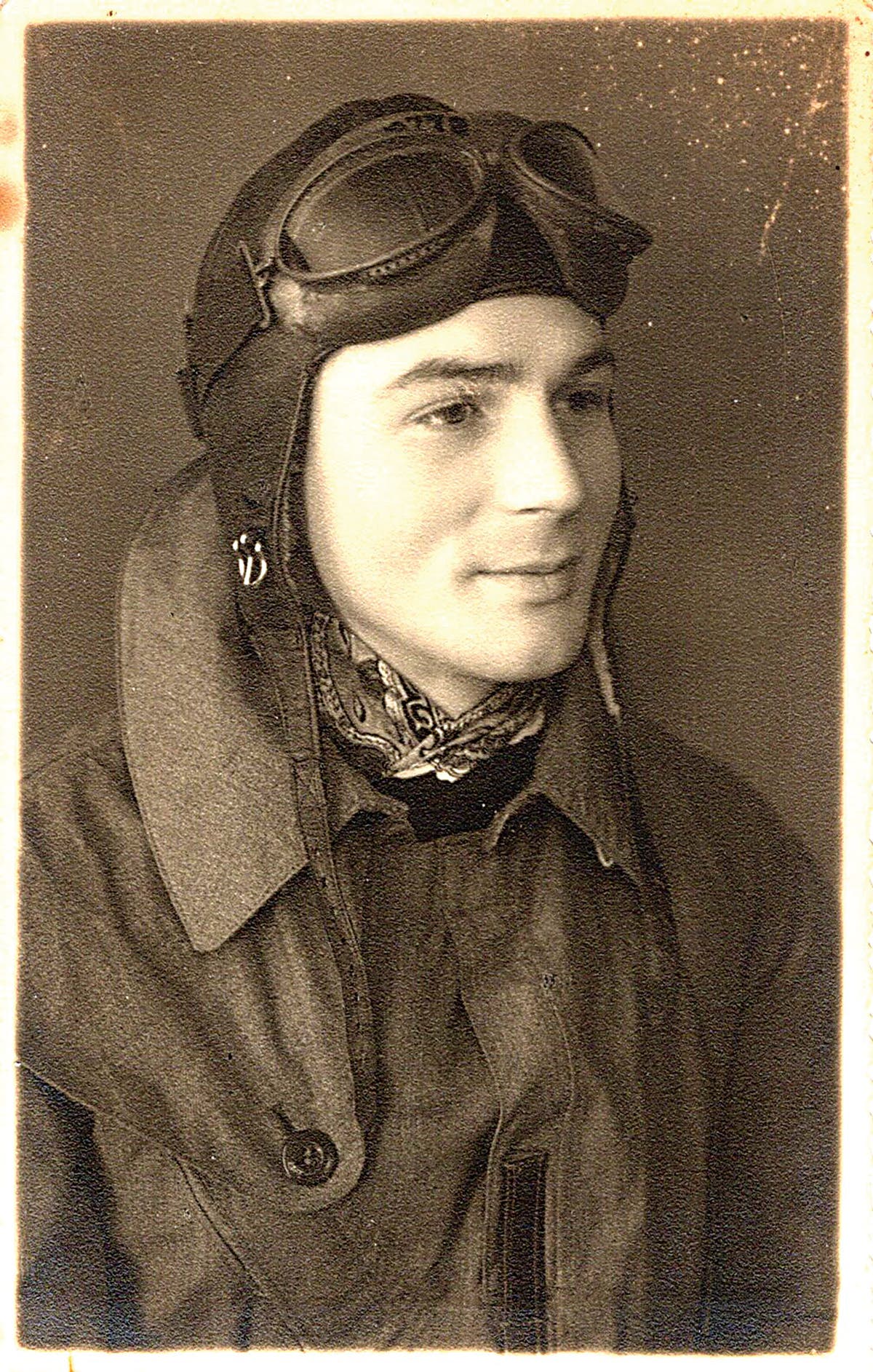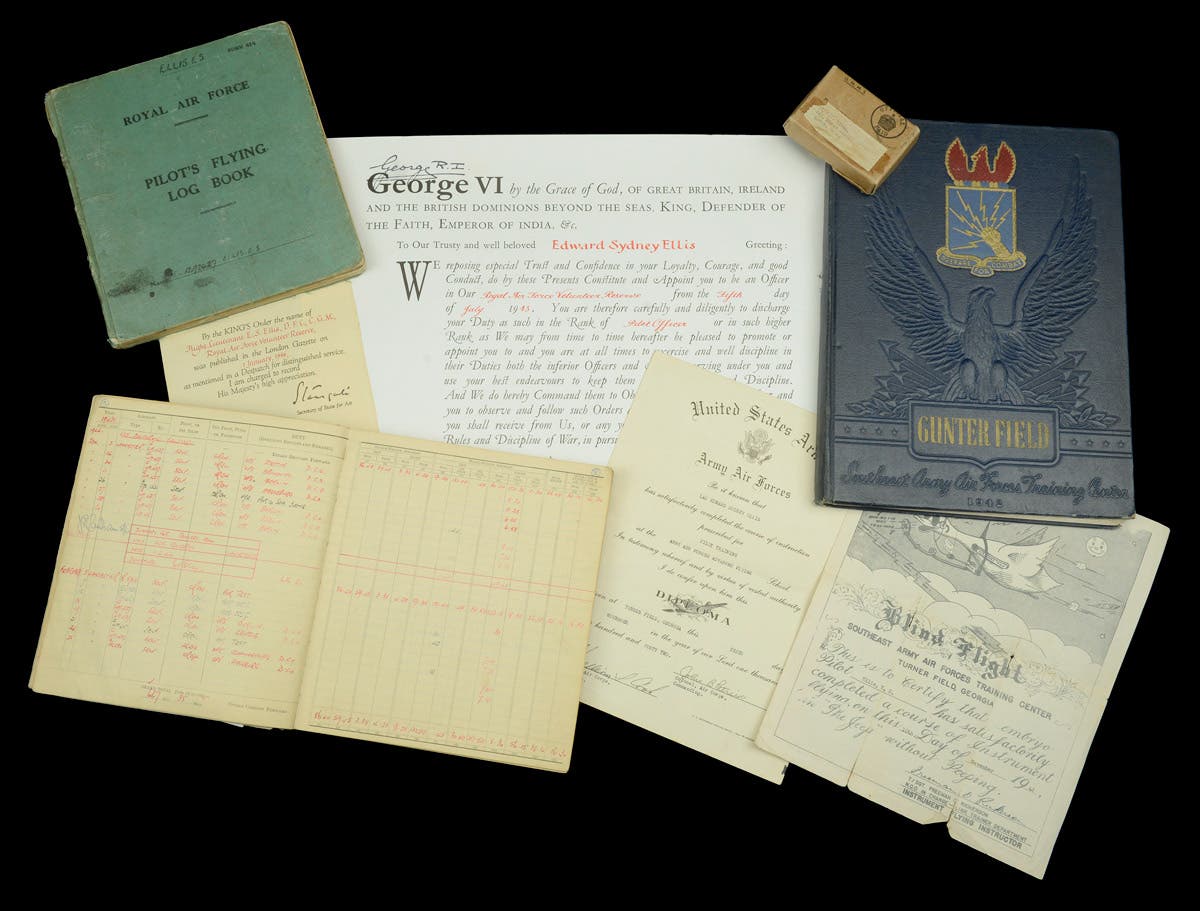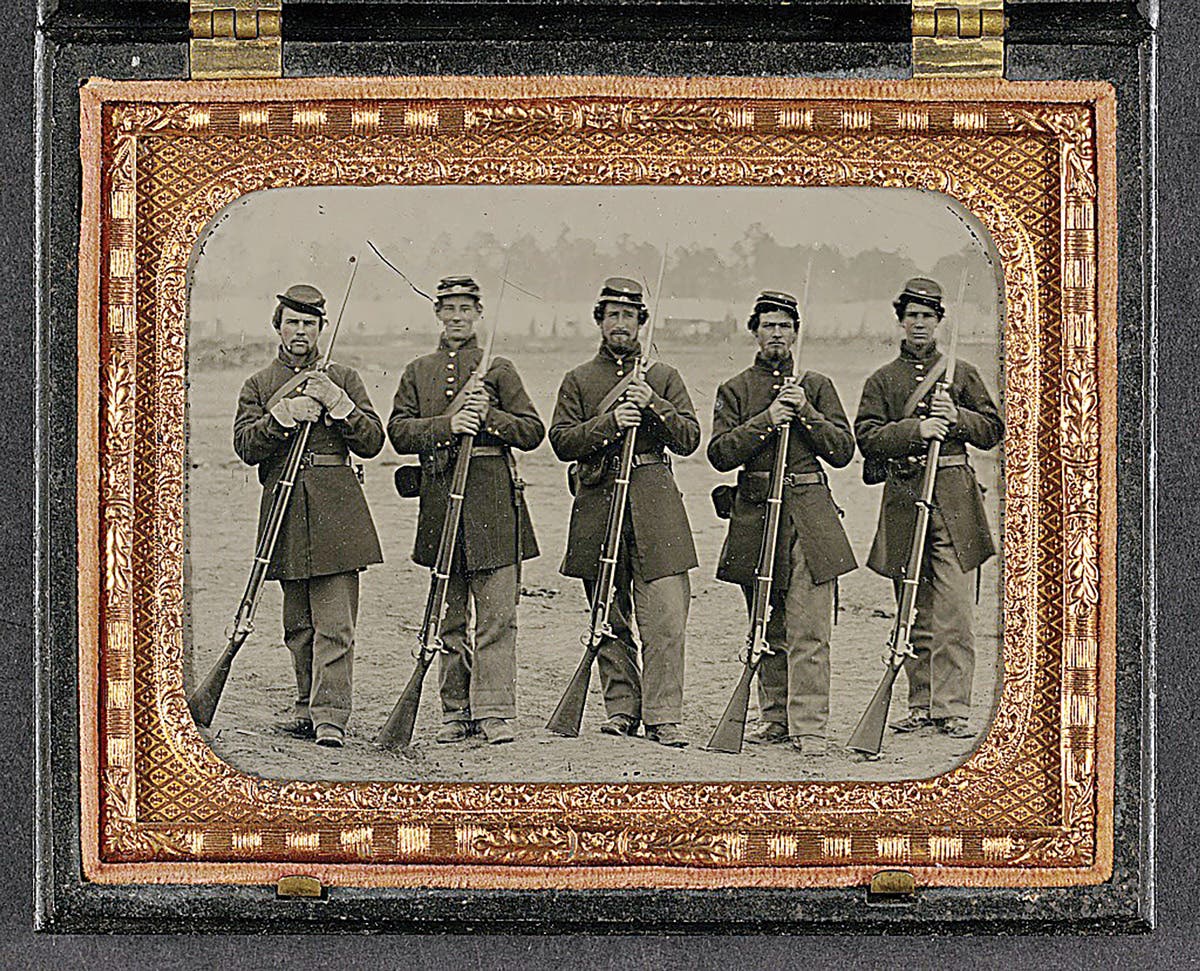The Navy is set to field two new camouflage uniforms next year, just months after the last of the fleet will be issued the service’s newest pixel-pattern, blue-and-grey “Navy Working Uniform.” This follows Navy officials’ announcement late last year that they would provide a service-specific camouflage pattern to Sailors supporting operations in combat environments.
Borrowing from work done by Naval Special Warfare Command on two camouflage patterns similar to the Marine Corps’ desert and woodland digital patterns, the Navy began testing the so-called “Navy Working Uniform Type II and III” in late July. The Type II uniform is a slightly darker version of the Corps’ desert Marpat scheme and the Type III set-up is akin to the Corps’ Woodland digital pattern. Both have the Navy’s “Anchor, Constitution and Eagle” emblem embedded in the digital pattern.
According to Navy officials, only Naval Special Warfare operators and those supporting them will be allowed to wear the Type II uniforms, while all Sailors who are currently issued the Woodland-pattern camouflage uniforms will be allowed to wear the Type III uniforms -- both deployed and at their home stations. Sailors in the Seabees, riverine units and explosive ordnance disposal technicians will get the new Navy Type III uniforms for day-to-day wear. Naval Special Warfare operators will also be issued Type III camouflage uniforms for woodland and jungle environments.
Commandos issued the Type II desert scheme will not be allowed to wear their new uniforms on base in the U.S. unless they are in training. Any Sailors outside the special warfare or expeditionary community deployed to a desert locale will still wear the Desert Storm-era tri-color desert camouflage.
Development of the new camouflage patterns comes as the Navy is still fielding its controversial new “Type I Navy Working Uniform” that replaced the dungarees, khakis and coveralls that were part of Sailors’ seabags for decades. It was the last of the services to develop and field a digitally patterned camouflage uniform after the Marine Corps launched its Marpat uniforms in 2002. The blue-and-grey-hued digital Navy Working Uniform received heavy criticism as only suitable for non-deployed or shipboard use.
The Navy is currently testing two different designs for the new camouflage uniforms, one which incorporates features preferred by the SEAL community, including large shoulder pockets, angled cargo pockets and chest pockets that can be accessed through body armor, and another version with a more traditional cut. About 150 Sailors are participating in the six-week “conformance test” in San Diego; Norfolk, Va.; and Tampa, Fla., and will provide feedback to designers for a final version.
The final design will incorporate all the best features of the two variants being tested, and both the Type II and III uniforms will be the same, except for the camouflage pattern. The Navy will also field garrison caps, boonie hats, helmet covers and Gore-Tex parkas in both patterns, and it is unclear whether the service will develop accessories such as pouches and body armor covers in Type II or III. Officials say they plan to start fielding about 60,000 Type III uniforms and 10,000 Type II uniforms in the spring of 2011.
MORE RESOURCES FOR COLLECTORS
*Great Books, CDs & More?
*Sign up for your FREE email newsletter
*Share your opinions in the Military Forum








